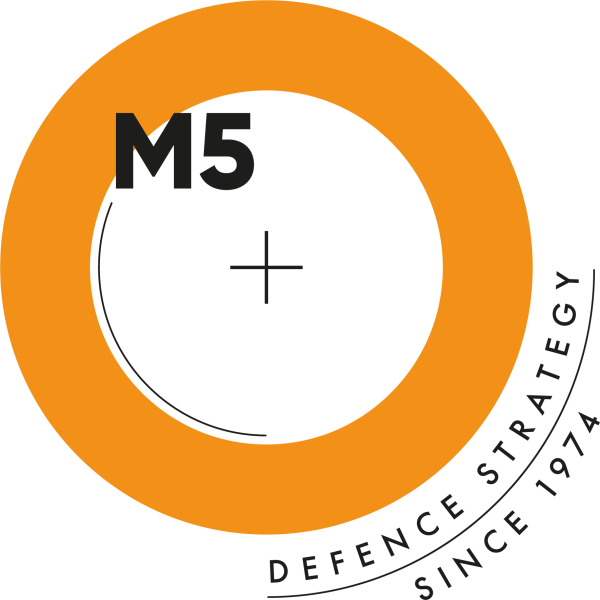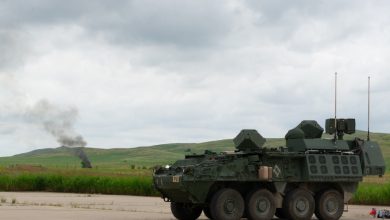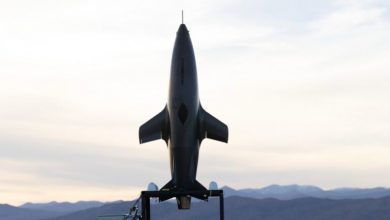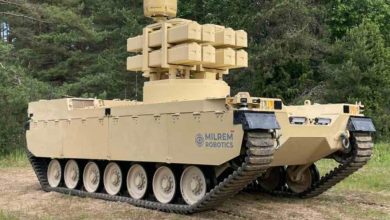Report: Germany overtakes UK as second largest spender in NATO

Germany has again surpassed the United Kingdom to become the alliance’s second-largest defence spender.
According to the latest NATO defence expenditure report, Germany’s defence spending for 2024 is projected to reach $97.7 billion (£76.5 billion), compared to the UK’s $82.1 billion (£64.3 billion).
The United Kingdom, which has traditionally held the second position in NATO defence spending, now ranks third with a budget of $82.1 billion (£64.3 billion).
Despite considerable investment, the UK falls significantly behind Germany. The United States continues to dominate NATO’s defence expenditures, with a projected outlay of $967.7 billion (£757.8 billion) for 2024.
France and Poland complete the top five NATO spenders with defence budgets of $64.3 billion (£50.3 billion) and $35.0 billion (£27.4 billion) respectively.
| Top 5 Spenders (2024e) | Defence Expenditure (Billion USD, 2024e) | Top 5 Spenders (2023e) | Defence Expenditure (Billion USD, 2023e) |
|---|---|---|---|
| United States | 967.7 | United States | 875.6 |
| Germany | 97.7 | United Kingdom | 76.9 |
| United Kingdom | 82.1 | Germany | 73.1 |
| France | 64.3 | France | 59.4 |
| Poland | 35.0 | Italy | 33.9 |
These expenditures are calculated based on data reported by each Ally’s Ministry of Defence, according to an agreed definition. The reported amounts represent payments made or to be made during the fiscal year to meet the needs of national armed forces, as well as those of Allies or the Alliance itself.
It is important to note that differences in sources and national GDP forecasts, as well as varying definitions of defence expenditure, may result in figures that diverge from those referenced by the media or published by national authorities. Equipment expenditure includes spending on major equipment and research and development devoted to such equipment, while personnel expenditure covers pensions paid to retirees.
NATO defines defence expenditure as payments made by a national government to meet the needs of its armed forces, those of Allies, or the Alliance. This encompasses spending for Land, Maritime, and Air forces, as well as joint formations like Special Operations Forces, Cyber Command, and Space Command. It may also include a proportion of spending on forces like national police and coast guards, provided they are trained and equipped for military operations and can be deployed internationally.
Pension payments for retired military and civilian employees of military departments are included, regardless of whether these payments are made from the Ministry of Defence’s budget or other ministries. Expenditures on peacekeeping and humanitarian operations, weapon destruction, contributions to NATO-managed trust funds, and the costs associated with inspection and control of equipment destruction are also accounted for in the defence expenditure.
Research and development costs are included in the defence expenditure, even for projects that do not lead to the production of equipment. Spending on NATO common infrastructure is included to the extent of each nation’s net contribution.
For more detailed information and to view the complete report, visit NATO’s official website.





